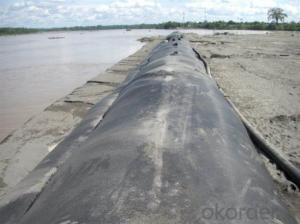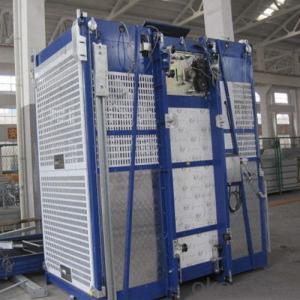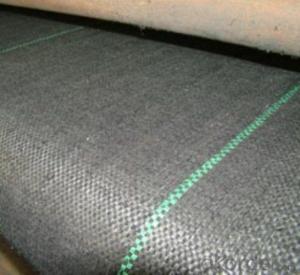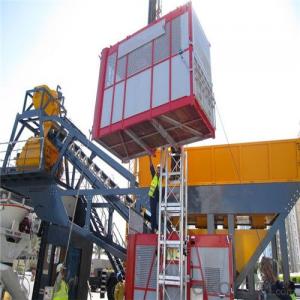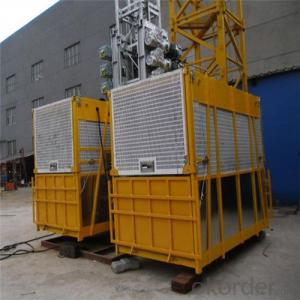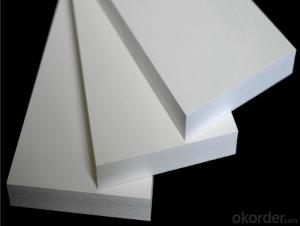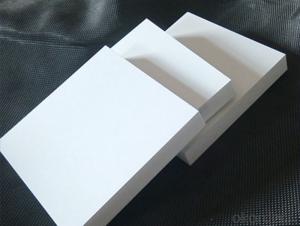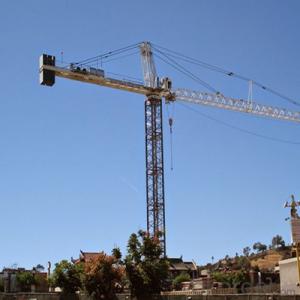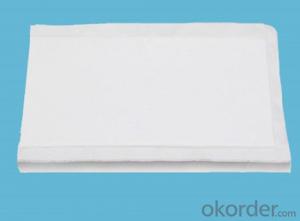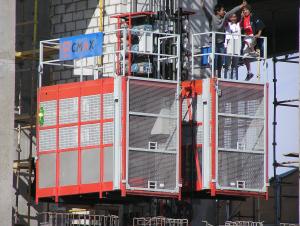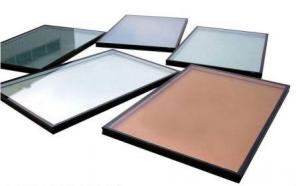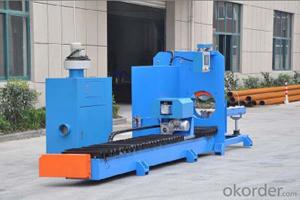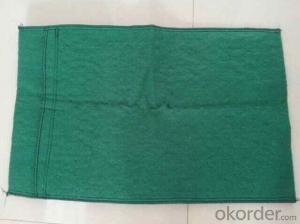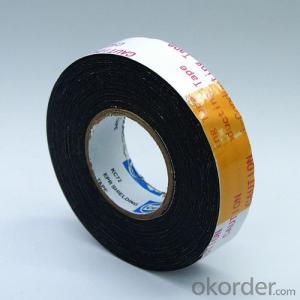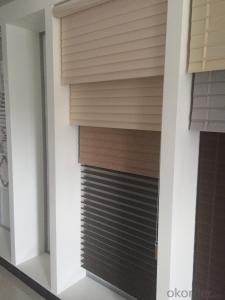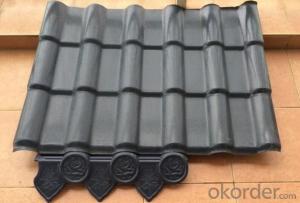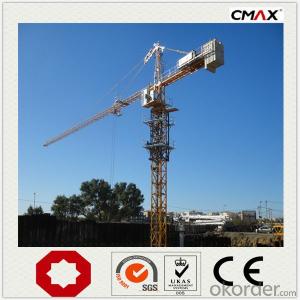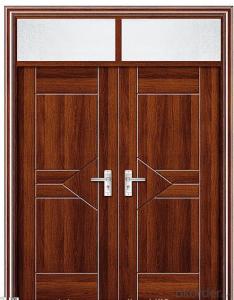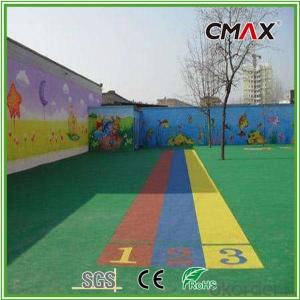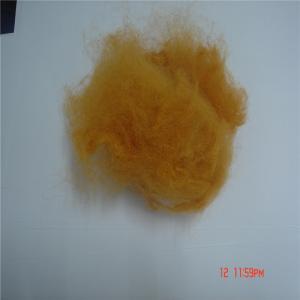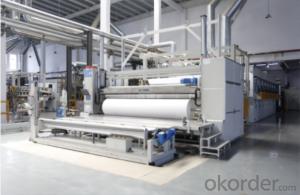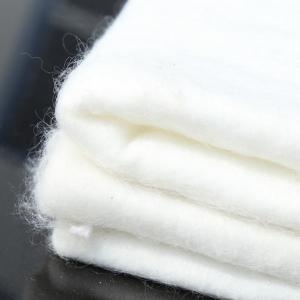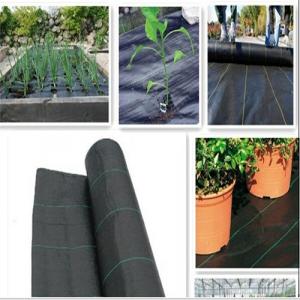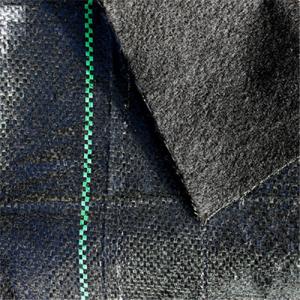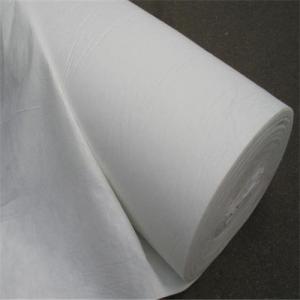Environmental Control
Environmental Control Related Searches
All Water Hvac System Underfloor Water Heating System Calorific Value Of Petcoke Electric Drapery System Environmental Control System Metal Fabric Warm Water Underfloor Heating Systems Fisher Control Valve Parts Electricity Generation System Water Reducible Alkyd ResinHot Searches
Large Led Screens For Sale H4 Led Headlight Bulbs For Sale Used Finger Joint Machine For Sale Aluminum Plate For Sale Near Me Pipe Staging For Sale 6 3 Electrical Wire For Sale Aeration Machine For Sale Used Power Inverters For Sale Used Hotel Patio Furniture For Sale Hvac Vacuum Pump For Sale Used Hotel Furniture For Sale Online Used Hotel Furniture For Sale Malaysia Used Hotel Furniture For Sale Singapore Used Hotel Furniture For Sale Toronto 1 Inch Plywood For Sale Outdoor Pool Bars For Sale Double Glazed Greenhouses For Sale Small Home Bars For Sale Used Hotel Curtains For Sale Cost Of Awnings For DecksEnvironmental Control Supplier & Manufacturer from China
Okorder.com is a professional Environmental Control supplier & manufacturer, offers integrated one-stop services including real-time quoting and online cargo tracking. We are funded by CNBM Group, a Fortune 500 enterprise and the largest Environmental Control firm in China.Hot Products
FAQ
- Geotextiles improve the performance of geonets by serving as a filter and separator, preventing the intrusion of fine particles into the geonet, enhancing its drainage capacity, and improving its overall stability and longevity.
- Yes, geotextiles can be used in canal lining projects. Geotextiles provide effective erosion control, soil stabilization, and water drainage capabilities, making them suitable for lining canals to prevent soil erosion and maintain the integrity of the canal structure.
- Geotextile CBR tear strength rate is how much
- Geotextile CBR bursting strength is generally in accordance with the national standard GB / T-2017 "geosynthetics static top breaking test (CBR method)" according to the national standard GB / T-2017 standard requirements of geotextile CBR strong pre-tension 20N. According to the national standard GB / T-2017 standard requirements of geotextile CBR strong rate of (50 ± 5) mm / min.
- Yes, geotextiles can be used in the protection of underground cables and pipes. Geotextiles act as a barrier, preventing soil particles and fines from infiltrating the cables or pipes, thus reducing the risk of damage or blockage. Additionally, they provide support and reinforcement to the surrounding soil, minimizing the potential for settlement or shifting that could affect the underground infrastructure.
- The key factors affecting the hydraulic conductivity of geotextiles include the porosity of the fabric, the size and shape of the openings or pores in the fabric, the fabric thickness, and the surface roughness of the fabric. Additionally, the type and quality of the fibers used in the geotextile can also impact its hydraulic conductivity.
- Geotextiles help with erosion control in slope protection projects by providing a physical barrier that prevents soil erosion. They are placed on the surface of slopes to stabilize the soil, allowing vegetation to grow and establish roots. This helps in reducing the impact of rainfall and surface flow, minimizing sediment runoff, and maintaining the integrity of the slope. Additionally, geotextiles enhance the overall stability of the slope by distributing loads and reinforcing the soil, thereby reducing the risk of slope failure.
- Geotextiles offer several advantages in stormwater management systems. Firstly, they act as a filter, preventing the migration of fine particles and sediment, thus reducing the risk of clogging and maintaining the efficiency of drainage systems. Secondly, geotextiles provide erosion control by stabilizing the soil and preventing its displacement, thereby protecting against soil erosion and maintaining the integrity of the stormwater infrastructure. Additionally, geotextiles can enhance water quality by facilitating the removal of pollutants through filtration and acting as a barrier against their infiltration into groundwater sources. Lastly, geotextiles are cost-effective and easy to install, reducing construction time and expenses. Overall, the use of geotextiles in stormwater management systems promotes efficient and sustainable water drainage while minimizing environmental impacts.
- When designing geotextile-reinforced slopes, several factors need to be considered. These factors include the type and strength of the soil, the slope angle, the water conditions, the expected load and stress on the slope, the desired vegetation cover, and the available space for construction. Additionally, the design should account for the potential for erosion and the need for drainage to prevent water buildup. The selection of appropriate geotextile materials and installation techniques is also crucial for ensuring long-term stability and effectiveness of the reinforced slope.


